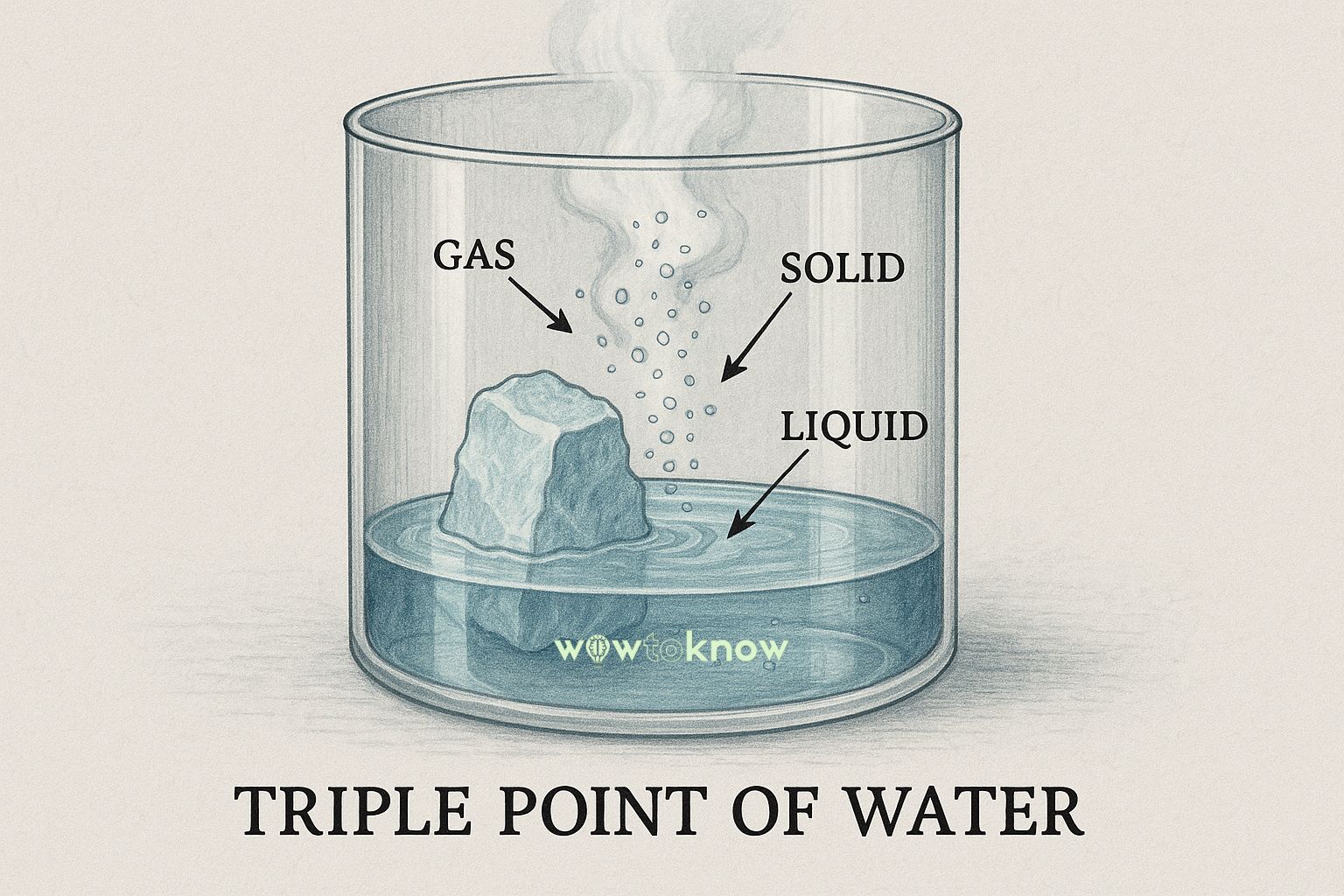In the bustling world of honeybees, communication is a dance—literally. Honeybees have evolved a remarkable way to convey vital information about food sources to their hive mates through a complex behavior known as the waggle dance. This dance not only directs fellow bees to rich nectar sources but also illustrates the sophisticated social organization and intelligence of these industrious insects.
The Dance of Directions:
Honeybees perform the waggle dance to communicate the precise direction of food sources relative to the sun’s position. They convey this information by vibrating their bodies in a figure-eight pattern on the honeycomb.
Measuring Distance with Dance:
The duration of the waggle phase within the dance correlates with the distance to the food source. Longer waggle runs indicate farther distances, while shorter runs indicate closer proximity.
Interpreting the Dance:
Other worker bees decode the waggle dance by observing the angle of the dance relative to gravity. They adjust their flight path and orientation based on this information to locate the exact flowers or patches of flowers mentioned in the dance.
Cultural Transmission and Adaptability:
The waggle dance is not instinctual but learned behavior passed down through generations within a hive. Bees can adapt their dances to changes in food availability or environmental conditions, showcasing their flexibility and ability to communicate dynamically.
The Waggle Dance: A Universal Language:
The waggle dance is not only used to communicate the location of food sources but also to share information about potential threats, new hive locations, and water sources. It serves as a versatile and vital tool for honeybee communication and survival.
The waggle dance of honeybees is a testament to the complexity and efficiency of their communication system. Through this dance, bees not only share crucial information about food sources but also demonstrate a sophisticated understanding of spatial orientation and environmental navigation. As scientists continue to study these remarkable insects, the waggle dance remains a captivating example of nature’s ingenuity and cooperative behavior among social insects.
FAQ
What is the waggle dance?
The waggle dance is a behavior used by honeybees to communicate the location of food sources, threats, new hive sites, and water to their hive mates through a figure-eight pattern on the honeycomb.
How do bees use the waggle dance to give overseeing?
Bees indicate the direction of a food source relative to the sun by performing the dance at a specific angle to gravity.
How is distance conveyed in the waggle dance?
The length of the waggle run correlates with the distance to the food source: longer runs mean farther distances, shorter runs mean closer.
How do other bees interpret the dance?
Worker bees observe the dance’s angle and duration to determine the location of the food source and adjust their flight path accordingly.
Is the waggle dance instinctual or learned?
The waggle dance is a learned behavior, passed down through generations and adaptable to changes in food availability and environmental conditions.
What other purposes does the waggle dance serve?
It communicates information about food sources, potential threats, new hive locations, and water sources.
Why is the waggle dance significant?
The waggle dance showcases honeybee communication’s complexity and efficiency, illustrating their spatial orientation and cooperative behavior.
What do scientists learn from the waggle dance?
Studying the waggle dance helps scientists understand honeybee behavior, social organization, and navigation, offering insights into animal communication systems.








[…] these awesome insects that communicate by dancing, add an enzyme called glucose oxidase to honey during its production. When honey comes into contact […]